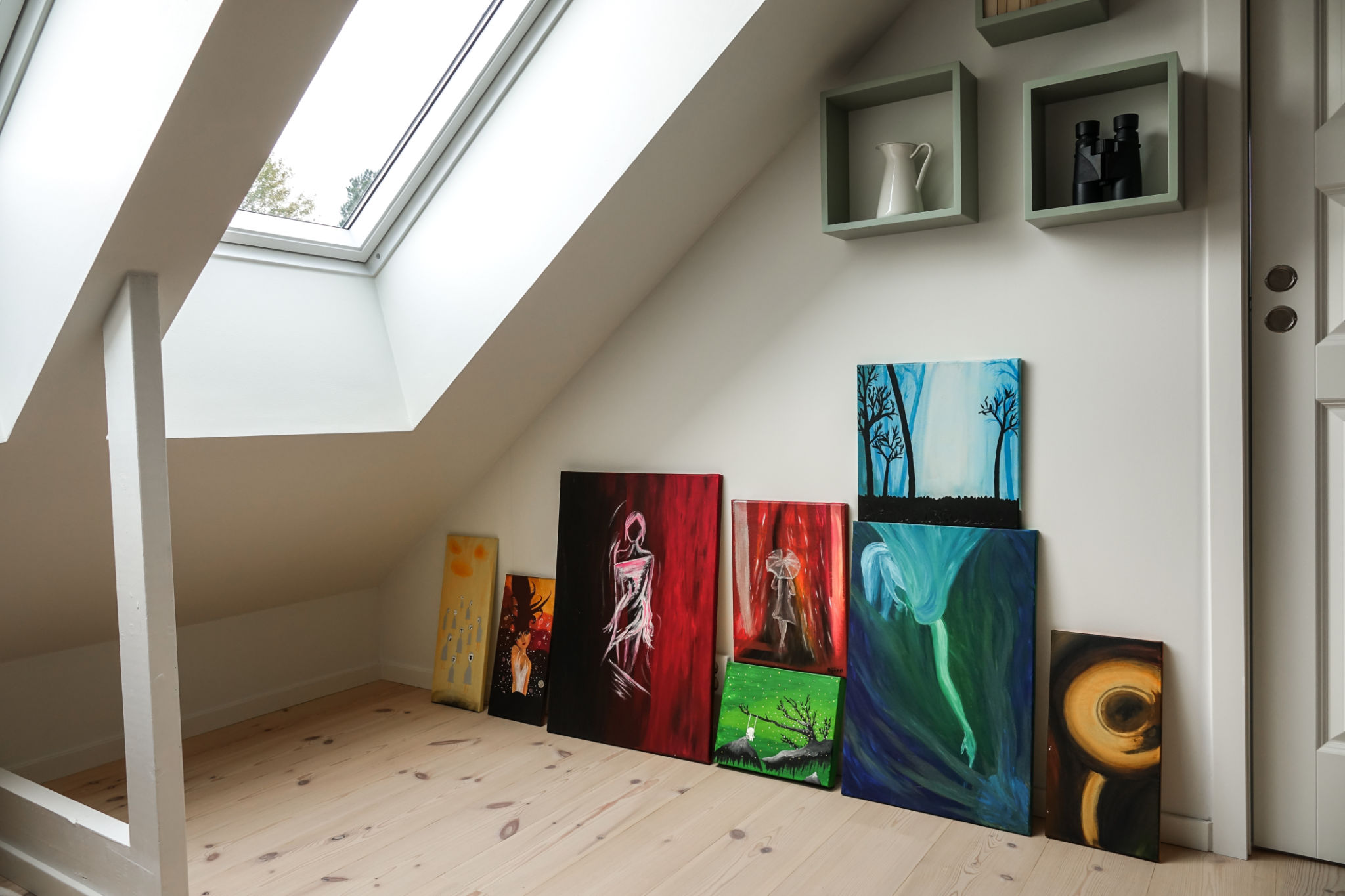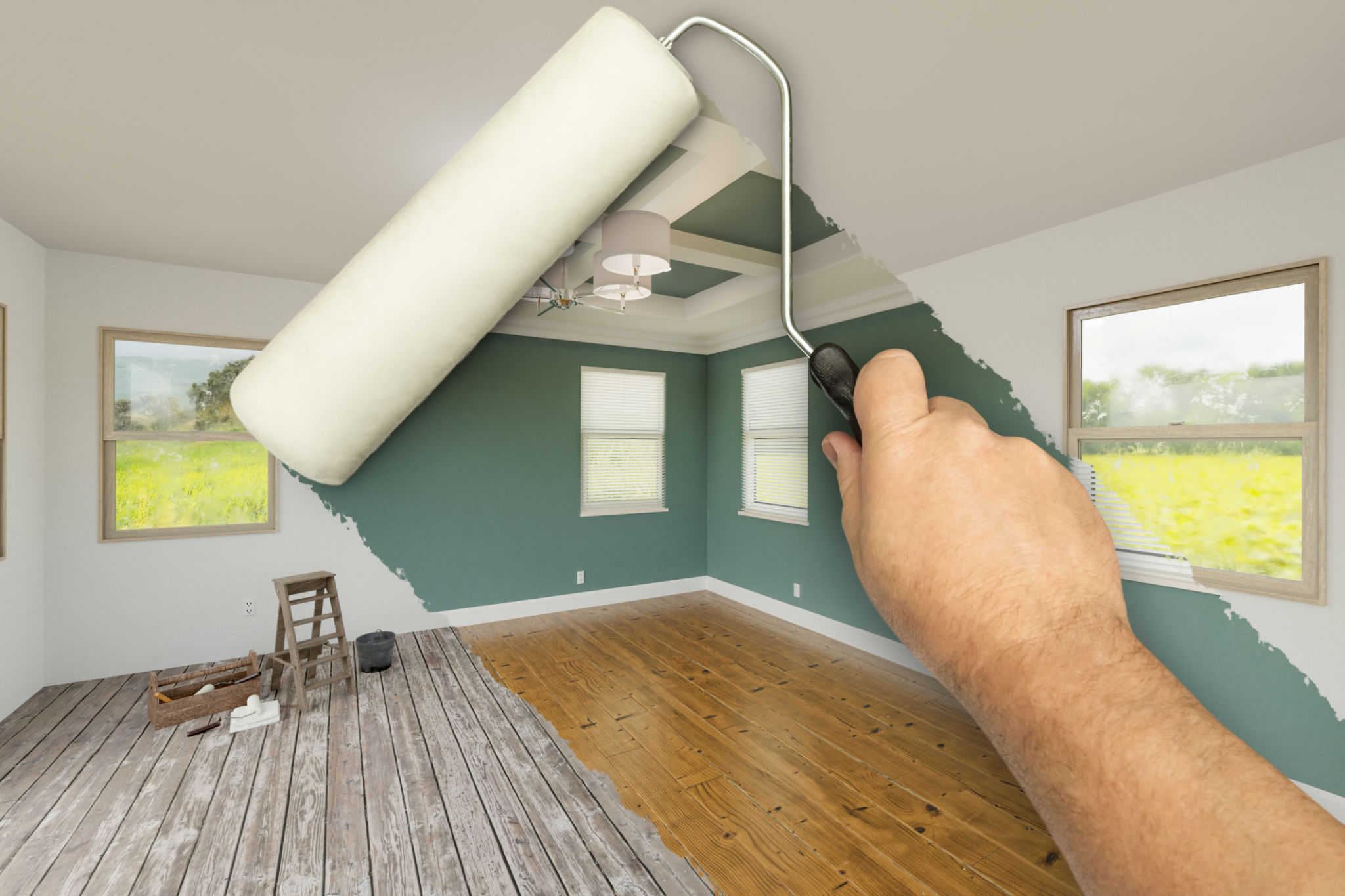DIY vs Professional Residential Painting: What You Need to Know
Introduction to DIY vs Professional Painting
Deciding whether to tackle a home painting project yourself or hire a professional can be a challenging decision. Both options have their pros and cons, and understanding these can help you make an informed choice. In this blog post, we'll explore the differences between DIY and professional residential painting to help you determine what might be best for your needs.
Cost Considerations
One of the most significant factors in deciding between DIY and professional painting is the cost. DIY painting is typically more affordable upfront since you are not paying for labor. However, you must consider the price of quality paint, brushes, rollers, drop cloths, and other necessary supplies. Additionally, mistakes made during a DIY project can lead to extra expenses.
Professional painters usually charge by the square foot or the hour, and while this might seem expensive at first glance, it often includes the cost of high-quality materials and equipment. Moreover, professionals tend to work more efficiently, which can save time and potentially reduce costs associated with prolonged project timelines.

Quality and Finish
The quality of the finish is another important consideration. While a DIY approach allows you to take control of the project, it requires a certain level of skill to achieve a professional-looking finish. Uneven coats, paint drips, and visible brush marks are common issues that can detract from the overall appearance.
Professional painters bring years of experience and expertise to the table, ensuring a smooth and flawless finish. They are also knowledgeable about different paint types and finishes, which can significantly impact both aesthetics and durability.
Time and Effort
Painting your home can be a time-consuming task, especially if you are balancing it with work and family obligations. Preparing surfaces, applying primer, allowing for drying time between coats, and cleaning up are all time-intensive processes that can extend the duration of a DIY project.

In contrast, professional painters can complete the job much faster due to their experience and access to specialized tools. Hiring professionals can free up your time for other activities while ensuring the job is done promptly and efficiently.
Safety Concerns
Safety is another critical aspect to consider when deciding between DIY and professional painting. Climbing ladders, handling chemicals, and working in confined spaces can pose risks for inexperienced individuals. A lack of proper safety equipment or techniques can lead to accidents or injuries.
Professional painters are trained to follow safety protocols and have the necessary equipment to prevent accidents. They also carry insurance, providing peace of mind in case of unexpected incidents.

Decision-Making Tips
If you're still uncertain which route to take, consider these tips:
- Assess your budget and determine what you can afford.
- Evaluate your skill level and comfort with painting tasks.
- Consider the size and complexity of the project.
- Think about your available time and schedule.
- Consult with professionals for quotes and advice before making a decision.
Conclusion
The choice between DIY and professional residential painting depends on various factors including cost, quality, time, safety, and personal preferences. By weighing these considerations carefully, you can select the option that best meets your needs and ensures a successful outcome for your home improvement project.